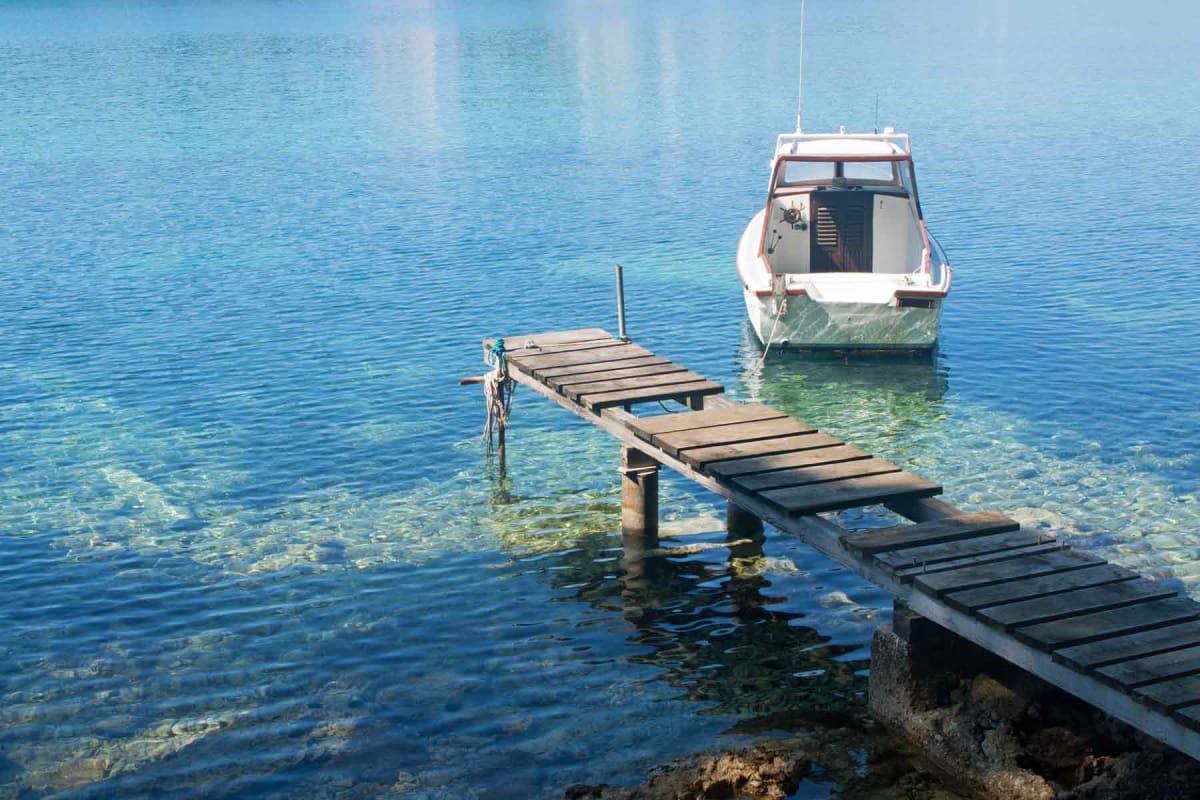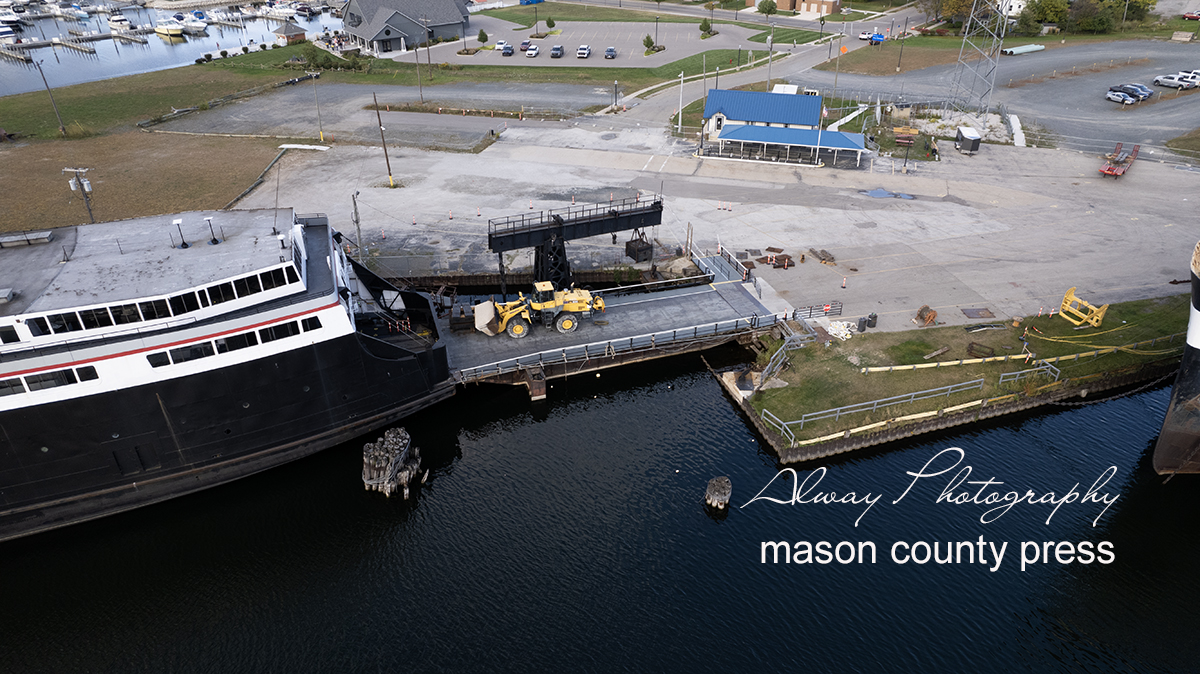Effective Dock Repair Techniques: Guaranteeing Structural Stability
Ensuring the structural honesty of docks with reliable repair service methods is extremely important for the long life and safety of aquatic facilities. Ultimately, selecting the appropriate repair products, such as corrosion-resistant alloys and composite materials, is crucial for longevity.
Examining Dock Damage
Examining dock damages is an important initial step in making sure the architectural honesty and safety of any docking center. Trick facets to examine consist of the dock's structure, pilings, outdoor decking, and equipment (Dock Repairs).
Architectural engineers or qualified examiners normally do these analyses making use of specialized methods and tools. For example, undersea examinations could utilize sonar equipment or remotely operated lorries (ROVs) to identify immersed damage. Over water, aesthetic examinations are enhanced by utilizing moisture meters and various other diagnostic tools to reveal underlying concerns not promptly noticeable to the nude eye.

Deciding On Fixing Materials
Choosing the appropriate repair products is a critical action in the dock restoration procedure, one that straight affects the longevity and efficiency of the fixed framework. Material option should be driven by elements such as environmental problems, load-bearing demands, and compatibility with existing dock parts.
In addition to wood, composite materials are progressively preferred because of their resilience and reduced maintenance needs. Compounds, typically made from a blend of plastic and wood fibers, offer excellent resistance to rot, bugs, and UV damages. For steel docks, selecting corrosion-resistant alloys such as galvanized steel or marine-grade light weight aluminum is necessary to prevent rust and guarantee structural honesty in saline water problems.
Epoxy resins and marine-grade sealants are vital for fixing cracks and sealing joints, providing a water resistant obstacle and enhancing the dock's overall stamina. By carefully picking high-grade materials, dock repair work can achieve resilient results, consequently securing versus future destruction and making certain secure, trustworthy use.
Structural Reinforcement Techniques
Efficient structural support methods are critical in making sure the security and longevity of dock fixings. This method is specifically reliable for anchors exposed to hefty tons or severe environmental conditions.
Another vital strategy is the application of fiber-reinforced polymers (FRP) These materials use high strength-to-weight ratios and excellent resistance to corrosion, making them excellent for reinforcing concrete or wooden anchors. FRP can be used in sheets or strips and bound with epoxy materials to boost architectural honesty.
Bracing and securing systems also play an important duty in architectural support. Cross-bracing, making use of steel or wooden beam of lights, can neutralize lateral pressures, decreasing guiding and motion. Securing systems, such as helical piers or driven stacks, provide a secure foundation by moving tons to much deeper, extra stable soil layers.
Lastly, the assimilation of load-distribution plates can aid disperse weight more equally across the dock's surface area, minimizing local anxiety points. These techniques collectively ensure that anchors remain durable and risk-free, get more with the ability of standing up click to the rigors of their functional environment.
Advanced Repair Service Techniques

An additional sophisticated strategy entails underwater welding, which permits repairs to be conducted without the requirement to dewater the area. This technique is especially helpful for resolving structural problems in submerged dock parts, ensuring minimal disruption to procedures. Improved welding techniques, coupled with robot systems, deliver precision and integrity, thus prolonging the life-span of the dock.
Additionally, cathodic defense systems are applied to stop rust in metal dock structures. By making use of sacrificial anodes or pleased current systems, these methods effectively alleviate the electrochemical procedures that cause product deterioration.
Finally, advanced monitoring innovations, such as architectural health tracking (SHM) systems, supply real-time data on the condition of dock frameworks. These systems enable positive maintenance and timely interventions, inevitably making sure the long-term structural integrity of the dock.
Upkeep and Prevention
Maintenance and prevention are basic principles that underpin the durability and security of dock frameworks. Normal inspections are paramount, permitting for very early discovery of deterioration, prospective weaknesses, and ecological impacts. An aggressive method, involving regular checks for corrosion, rot, and structural changes, minimizes pricey fixings and prolongs the dock's operational life.
Preventative actions should consist of using safety coverings to steel components to defend against corrosion and using cured wood to resist degeneration. Furthermore, guaranteeing correct drainage and ventilation can protect against water accumulation, which is a typical source of architectural degradation. Incorporating top quality materials and adhering to producer guidelines during construction and repair work stages additionally play crucial functions in enhancing longevity.

Training workers in dock upkeep ideal methods makes sure constant application of safety nets. Leveraging technological advances, such as drones for evaluations and sensing units for real-time tracking, can additionally improve maintenance efforts. By focusing on upkeep and avoidance, dock proprietors can make sure structural stability, functional safety, and economical see this page monitoring over the dock's life expectancy.
Final Thought
In conclusion, keeping the architectural integrity of marine facilities requires extensive dock repair work techniques. Advanced repair work techniques, paired with regular upkeep techniques, make sure the dock stays risk-free and operational under varied environmental conditions.
Making certain the structural stability of anchors with effective repair strategies is vital for the durability and safety of aquatic centers.Selecting the appropriate fixing products is a critical step in the dock restoration procedure, one that directly affects the durability and performance of the repaired structure.Effective structural support strategies are vital in ensuring the security and long life of dock repair work. By prioritizing maintenance and prevention, dock owners can make sure structural integrity, functional security, and economical monitoring over the dock's life-span.
In verdict, maintaining the structural honesty of aquatic centers necessitates comprehensive dock repair strategies.